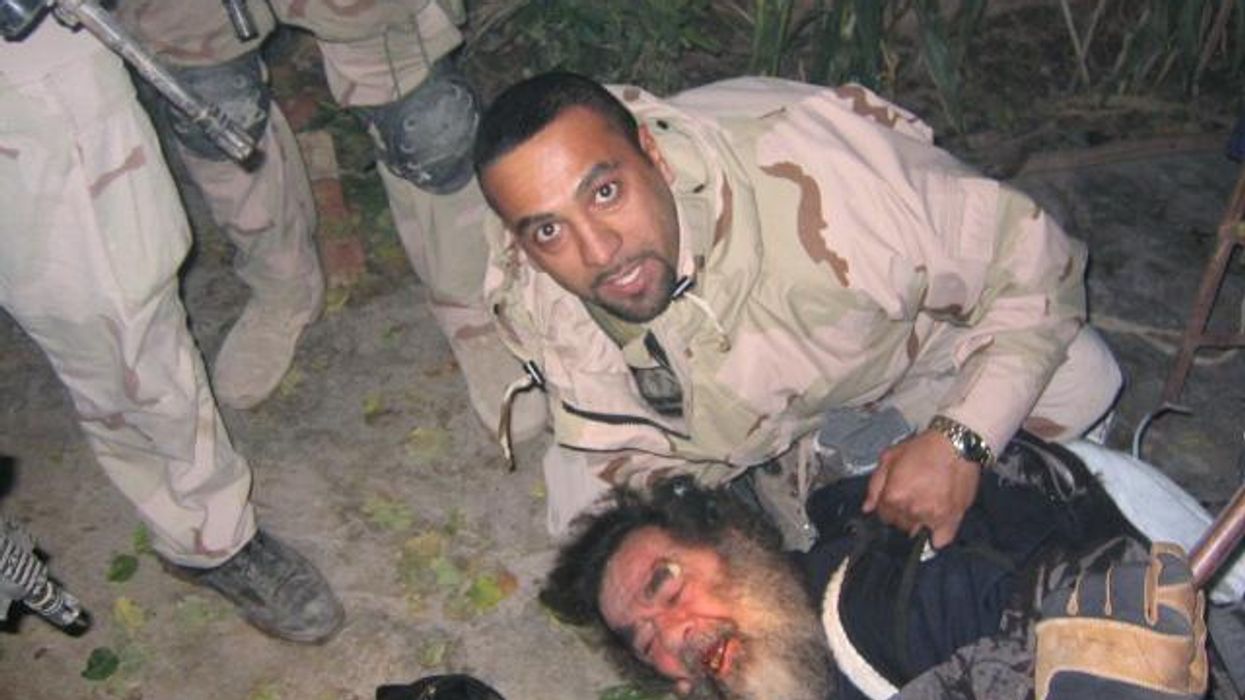Just two weeks ago, President Donald Trump presided over a grandiose ceremony announcing the end of the war in Gaza. Flanked by dozens of world leaders, Trump told reporters that this accomplishment was “3,000 years” in the making. “It’s gonna hold up, too,” he said. “It’s gonna hold up.”
All signs now indicate that Trump may have spoken too soon. Despite the ceasefire, Israel has continued to carry out airstrikes in Gaza, launching a few new attacks each day. Then, after an Israeli soldier was killed in Gaza on Tuesday, Israel mounted a bombing campaign that killed at least 104 people, bringing the total death toll since the ceasefire to 211 people, according to Gaza’s health ministry.
Israel, which framed these attacks as an effort to enforce the ceasefire, says it now plans to return to the truce. Trump bolstered Israel’s framing, throwing his support behind Israel’s decision to “hit back” while telling reporters that “nothing is going to jeopardize” the ceasefire that his administration helped broker.
But many outside observers have seen a gap between Trump’s comments and the reality on the ground. As Frank Gardner of the BBC put it, “this is stretching the definition of ‘ceasefire’ beyond credulity.”
The Trump administration initially appeared determined to protect the ceasefire. In the first days after the deal, the U.S. dispatched a series of high-level officials to visit Israel and “Bibi-sit” Israeli Prime Minister Benjamin “Bibi” Netanyahu. But, as ceasefire violations continue to pile up, Trump’s attention appears to have turned elsewhere.
This inattention has left Israel an enormous amount of room to operate, and Israeli officials have not hesitated to take advantage of it. Part of the problem stems from Israel’s belief that it is allowed to unilaterally enforce the terms of truces with its enemies. In Lebanon, Israel has carried out thousands of airstrikes on Hezbollah targets despite a supposed ceasefire from last year, killing more than 100 civilians. And Netanyahu appears determined to repeat that formula in Gaza.
Israeli columnist Amit Segal, known for his close contacts with Netanyahu and his allies, directly connected Lebanon and Gaza in a recent interview with the New York Times. The ceasefire in Lebanon is “actually enforced, with heavy fire when necessary,” Segal said. “I think this is what Israelis want from Gaza,” he added. “You can attack from the air once you see a tunnel being built.”
Israel has also claimed that Hamas is dragging its feet on returning the bodies of deceased hostages, which Israeli officials view as a violation of the ceasefire. Hamas argues that it is struggling to find the bodies, some of which may be buried under rubble or in tunnels.
Further contributing to the erosion of the ceasefire is Israel’s support for armed gangs in Gaza, which have clashed with Hamas in recent weeks. The second phase of the ceasefire is meant to include a full disarmament of Hamas, but the militant group continues to argue that it can’t give up its weapons until it subdues these groups and reestablishes order in Gaza. Between this challenge and Israel’s commitment to continuing its attacks, it appears unlikely that the two sides will ever actually reach a deal on a second phase of the truce.
In 2003, President George W. Bush stood before a banner that said “Mission Accomplished” and declared that the U.S. had won the war in Iraq after just six weeks of fighting. But it would be more than a decade before the U.S. finally ended its ground operations in the country. Today, it appears that Trump risks having a “Mission Accomplished” moment of his own.
- Gaza ceasefire hits the brick wall of Netanyahu's agenda ›
- Gaza ceasefire hanging by a thread ›
- Biden greenlit Israel’s strikes in Lebanon, says former Israeli diplomat | Responsible Statecraft ›
















